The response of Australian businesses to climate change and understanding the associated risks is shifting. Adoption of the guidance set by the Taskforce for Climate-related Financial Disclosures (TCFD) is growing and more and more businesses are pursuing ambitious emissions reduction targets. AMP Capital Real Estate, which has approximately $30 billion invested in shopping centres, offices and industrial assets across Australia and New Zealand, has not only set net zero emissions targets for 2030 and 2040, they seek opportunities to create co-benefits. Chris Nunn, Head of Sustainability for AMP Capital Real Estate joined Matt Sprague, Senior Manager in an Energetics’ podcast to share his insights into their strategy and the value that can be unlocked with a net zero emissions reduction ambition.
“Setting a net zero target is not a question of ‘if’, it’s a question of ‘when’”
The Australian real estate sector has some 19 companies with emissions reduction targets, either fully aligned or partially aligned to the Paris climate target. For Chris Nunn, the reality of our changing climate makes setting a zero carbon target the only responsible course of action for corporates. It is an imperative too because of the growing pressure corporates face from investors, customers, tenants, and employees who increasingly require business to play their part in addressing the growing risks of climate change.
In commenting on the path taken by AMP Capital Real Estate, Chris said, “A big part of ensuring that our internal and external stakeholders were supportive of the zero carbon by 2030 target was explaining how much could be achieved with business as usual as we will strive to achieve net zero at a cost neutral position, relative to current electricity outgoings.”
AMP Capital Real Estate has a staged approach. By 2030 they plan to be zero carbon for their Scope 1 and Scope 2 emissions. Scope 1 emissions cover those associated with base building services: direct emissions from gas consumption and diesel refrigerant leakage. Scope 2, by far the largest source of emissions for AMP Capital Real Estate, cover electricity purchased for use across the portfolio. Scope 3 emissions have been excluded from the 2030 target because of the uncertainty associated with identifying, quantifying, and assigning responsibilities for aspects such as tenant emissions, transport, waste and water consumption.
By excluding Scope 3 emissions, AMP Capital Real Estate were able to focus on renewable electricity and energy efficiency as the foundations of their zero carbon strategy. The plan includes their ongoing commitment to energy efficiency with a target set for all offices to achieve a 5.5 star NABERS Energy rating for base buildings and all shopping centres to be rated 5 star NABERS Energy by 2030.
Chris said, “We worked with Energetics to develop a series of waterfall diagrams, which became an important communication tool in helping us understand where to focus our efforts. We could see that emissions from base building electricity were more than half of our emissions profile. Gas was perhaps less than 10%. Energy efficiency improvements would address less than 25% of Scope 1 and Scope 2 emissions.” He added, “Our attention has been focussed on the procurement of 100% renewable electricity, largely through corporate power purchase agreements (PPAs). The NABERS work is ongoing, as is research around the best way to do offsets, reduce scope 3 emissions and approaches to engaging tenants.”
The importance of renewable energy
When the cost of renewables reduced, emissions reduction strategies were fundamentally changed. In the past, the most cost effective emissions reduction pathway was via building energy efficiency. However renewable PPAs became compelling when they could be secured at the same cost as procuring black power through the grid.
Matt made the point, “For emissions reduction pathways, there is now a range of renewable procurement methodologies including short term large scale generation certificate (LGC) procurement based on an annual consumption volume or LGC-only offtake agreements from a renewable project. For corporates, understanding which option suits you, your investors and your stakeholders is key.”
LGC prices have dropped significantly over the last two years from a high of $80 or $90 a certificate (measured in MWh of generated renewable energy) to around $30. Over the next couple of years, LGCs are expected to fall to around $10. As Matt says, “That opens up avenues for people to procure electricity within a business-as-usual cost range. Potentially the contract could have a minor uplift, be cost neutral or even cost positive: which would be a real win-win.”
“We can use our domestic offsets responsibly to deliver great outcomes”
Chris said, “The responsible way to get to zero carbon for an Australian real estate corporate is through a domestic renewable PPA for Scope 2 emissions. For Scope 1 emissions where there are direct emissions from gas, diesel and refrigerants, you can turn to other options. AMP Capital Real Estate has an approach whereby we source domestic nature-based credits. They tend to be around $20 to $25 a tonne. In the future the price will rise, perhaps to $25 to $30 in the near term and then $30 plus over the longer term.”
While the domestic nature-based offset is more expensive, it is attractive for its co-benefits. Chris said, “Offsets that support biodiversity preservation while delivering a carbon benefit are important to AMP Capital Real Estate because biodiversity is a pillar in our 2030 sustainability strategy. We've made a commitment to buy a conservation reserve that is the equivalent in area to our entire real estate footprint. We want to own and manage a high value conservation reserve that can compensate for the historical impacts of our footprint. We can also potentially self-generate a number of carbon credits for use in our Scope 1 offsetting strategy.”
Matt added, “An offset strategy that identifies the sources of offsets with a fully auditable trail and requires the retirement of those offsets into a registry, shows stakeholders and investors that there is no double counting. That way you safeguard your reputation. As stakeholders and boards become educated around sustainability and climate risk practices, they become more critical about the type of offsets purchased.”
“Also, an offset strategy that aligns with your corporate goals is great for your brand. If you're a land-based company, you can do land-based certificates to achieve co-benefits, or if you're a marine operator there are blue carbon credits available. It makes a lot of sense. The other thing to consider is that closer to 2030, the demand for offsets will rise. Supply might not keep up in the short term. Having a long term strategy or starting to buy offsets now to retire in future years could prove to be an important factor in the overall cost of a net zero target.”
Chris said, “Historically we have been part of an industry that's converted bushland into driveways, buildings and shopping centres. We're all part of the story of urbanisation. When I was formulating our strategy it was, arguably the most ambitious and yet the most logical leap for a city-based property company to make. But people are responding; they are aware of the biodiversity crisis in Australia.”
What's next for AMP Capital Real Estate on energy and emissions?
By 2040 AMP Capital Real Estate plans to have offset their relevant Scope 3 emissions. The process will be incremental: starting with emissions most directly attributable to operational activities and over which AMP Capital has the greatest degree of influence.
Chris said, “We will quickly move to waste and water as the Scope 3 emissions to tackle first. For electricity used by tenants there's a lot of work to do in terms of communications with tenant organisations about their emissions (our Scope 3, their Scope 2 emissions). I think it is broadly agreed that tenants should pay for their renewable electricity or offsets – and we can help. For example, we can fold them into a renewable PPA through an embedded network.”
Embodied carbon is another consideration. Chris stated, “The embodied carbon saved by retaining the concrete core in our Quay Quarter Tower for example, is equivalent to more than two years of operational emissions. There is also the opportunity to explore cement substitutes and we can do more with steel. Recycled steel is not yet widely used in the Australian construction industry. An important part of reducing Scope 3 emissions is the circular economy and incorporating more recycled content into building materials.”
In managing and reducing Scope 3 emissions, companies can include embodied carbon considerations when choosing suppliers or building materials to start challenging their supply chain and influencing material selections of new builds or renovations.



